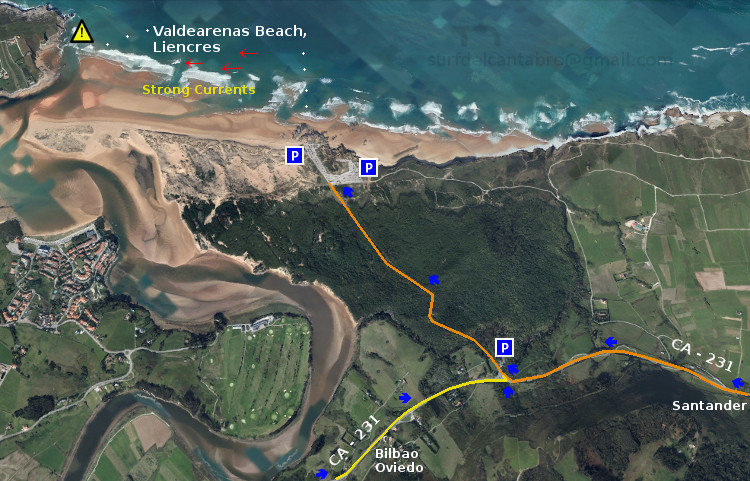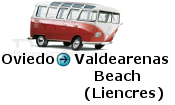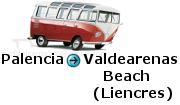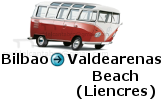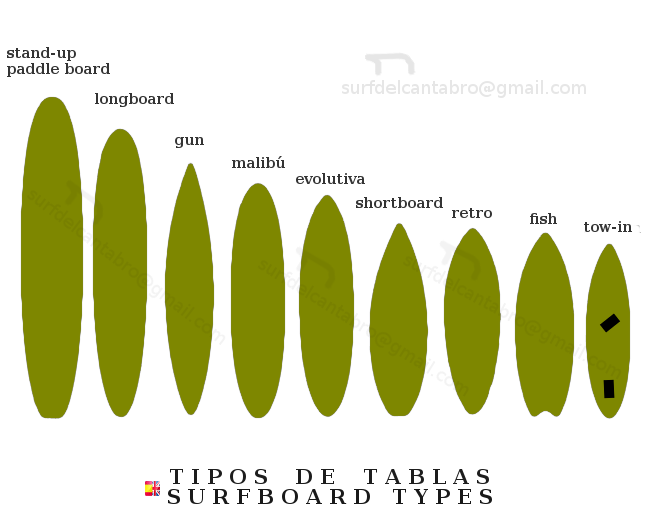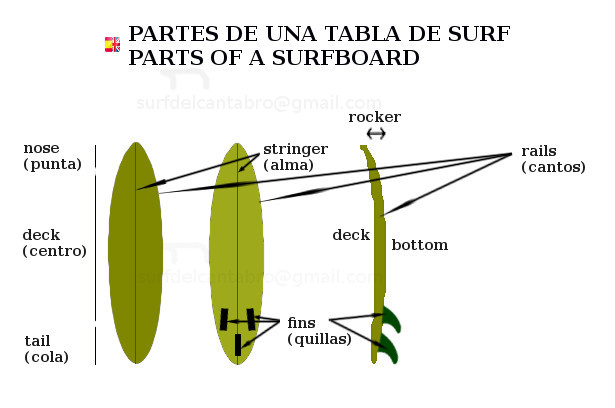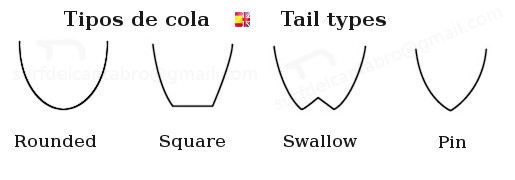De Liencres a Portio. Ruta de senderismo
![]() La Playa de Valdearenas está ubicada en el municipio de Liencres y es conocida también por el nombre de su localidad. Los accesos a la playa cuentan con dos amplias zonas de aparcamiento. El parking situado más a la derecha da acceso a una carretera comarcal que se extiende a lo largo de 3 km hasta llegar a la Playa de Portio.
La Playa de Valdearenas está ubicada en el municipio de Liencres y es conocida también por el nombre de su localidad. Los accesos a la playa cuentan con dos amplias zonas de aparcamiento. El parking situado más a la derecha da acceso a una carretera comarcal que se extiende a lo largo de 3 km hasta llegar a la Playa de Portio.
Allí empieza una ruta que avanza paralela a la costa. Esta zona es una parte de la Costa Quebrada, que va desde las Dunas de Liencres hasta la Península de la Magdalena, en Santander. El camino lo podemos realizar por la carretera. Tiene esta un escaso transito de vehículos fuera de la estación estival. La otra opción consiste en seguir un pequeño sendero marcado en el recorrido por el paso de los caminantes y que se localiza cercano a los acantilados.
El primer tramo transita cercano a una parte del Pinar de Liencres. En el pinar contrasta la altura de su árboles y sus colores con el tono cobrizo del suelo del bosque. Lecho formado por las hojas secas de los pinos. Esta imagen provoca la reminiscencia de una parte del antiguo bosque cántabro, presente en todo el territorio hasta llegar al mar. Hay pequeñas cuestas y suaves descensos que sirven de calentamiento para el resto de la ruta. Al otro lado se encuentra la Playa de Canallave. De pequeña extensión, cuenta con un arenal amplio salpicado de rocas modeladas por el oleaje. Comienza aquí el disfrute del paisaje y la imaginación.
La segunda parte del recorrido se hace a campo abierto. Rodeado de verde pradera hasta donde alcanza la vista. Mirando los prados, y siguiendo su línea, encontramos el Monte Tolio que acota esta semillanura. Siguiendo el sendero aparece un descenso que finaliza casi a nivel del mar. Desde este punto asoma una parte de la Playa del Madero. Continuando, después de una ligera cuesta, empieza la pedregosa entrada a esta especial cala. Colocada en el trazo interno del acantilado que la mar ha esculpido y delimitado del oleaje por una pared vertical de roca antigua. Para finalizar este tramo el camino elevado nos conducirá hasta la Playa de Somocuevas. Tiene un dificultoso acceso y la rodea un marco único que baña la playa por este y oeste.
El último tramo se realiza recorriendo el borde de la ensenada que baña las playas y calas que en ella existen. La Playa de las Cerrias se va acercando a cada paso. Descubre esta pequeña cala una zona de baño colocada dentro de la ensenada. 200 metros después está Llatas. La cala que muestra, por efecto de la erosión del mar, la base del acantilado. Finalmente llegamos a la Playa de Portio. La de mayor extensión y protegida por un respaldo rocoso en forma de media luna, vestigio de la forma prehistórica de esta parte de la costa.
Consejo : tener precaución.
Liencres to Portio. Trekking route
![]() Valdearenas Beach is located in the municipality of Liencres and is also known by the name of its locality. The accesses to the beach are equipped with two large parking areas. From the parking that is located more to the right gives access to a county road that stretches along 3 km until you reach the Portio beach.
Valdearenas Beach is located in the municipality of Liencres and is also known by the name of its locality. The accesses to the beach are equipped with two large parking areas. From the parking that is located more to the right gives access to a county road that stretches along 3 km until you reach the Portio beach.
There begins a path that moves parallel to the coast. This area is a part of The Quebrada Coast, that goes from The Dunes of Liencres up to the Peninsula de la Magdalena, in Santander. The route can be perform through the road. It has a little transit of vehicles outside of the summer season. The other option is to follow a small trail marked on the route through the passage of the walkers and that is located close to the cliffs.
The first stage passes close to a part of the Pinar de Liencres. In the Pine forest contrasts the height of the trees and their colors with the coppery hue of the forest floor. The bed is formed by the dry leaves of the pines. This image is reminiscent of one part of the old cantabrian forest, present in the whole territory until reaching the sea. There are small hills and mild reductions that serve as a warm-up for the rest of the path. On the other side is placed Canallave Beach. It has a small extension, arenal account with a large rock-strewn modeled by the swell. Starts here the enjoyment of the scenery and the imagination.
The second part of the trip is done in the open countryside. Surrounded by green meadow as far as the eye can see. Looking the meadows, and following its line, we find the Mount Tolio limiting this plain. Continuing the path that end lower, almost at sea level. From this point overlooking a part of the Madero Beah. Then a slight hill begins the pebbled entrance to this special cove. Positioned in the stroke internal of the cliff that the sea has sculpted and it is protected of the surf by a vertical wall of old rock. To finish this stretch of the elevated road will lead us to the Somocuevas Beach. Has a difficult access and the surrounds a single framework that bathes the beach by east and west.
The last stretch is realized covering the rim of the big cove that bathes the beaches that in it exist. The
Beach of the Cerrias is approaching every step. There discovers this small cove an area of bath placed inside the big cove. 200 meters later is Llatas. The cove that shows, for effect of the erosion of the sea, the base of the cliff. Finally we come to the Beach of Portio. That of major extension and protected by a rocky support in the shape of half moon, trace of the prehistoric form of this part of the coast.
Advice: take caution.
![]()
![]()

![]()
![]()
